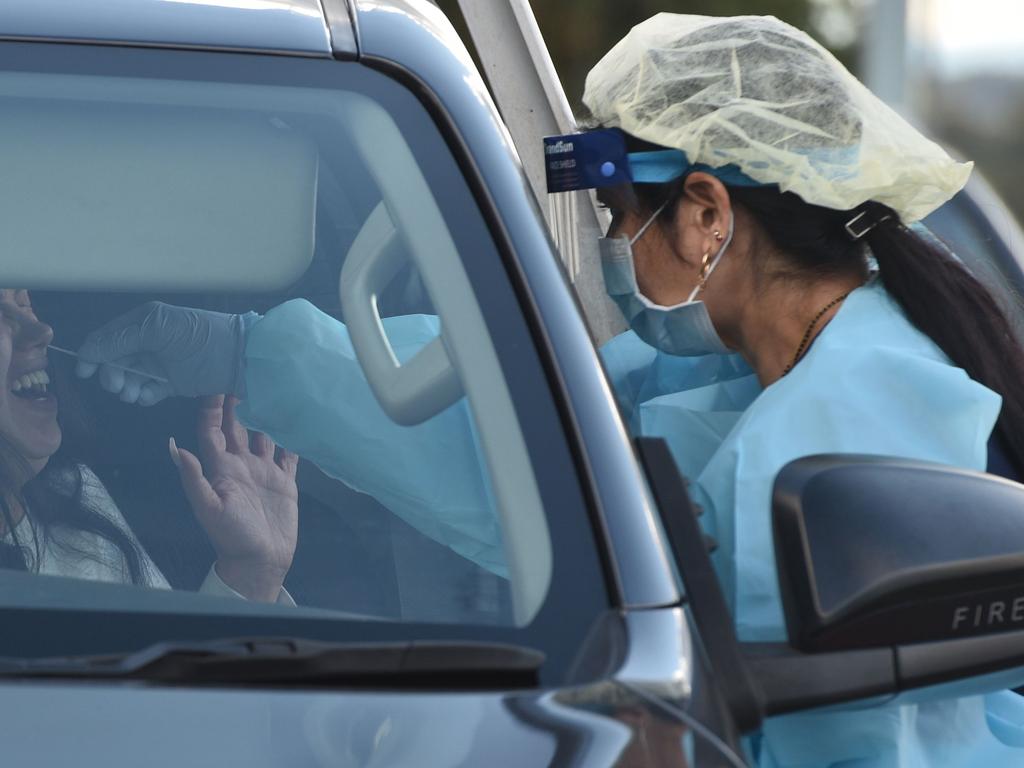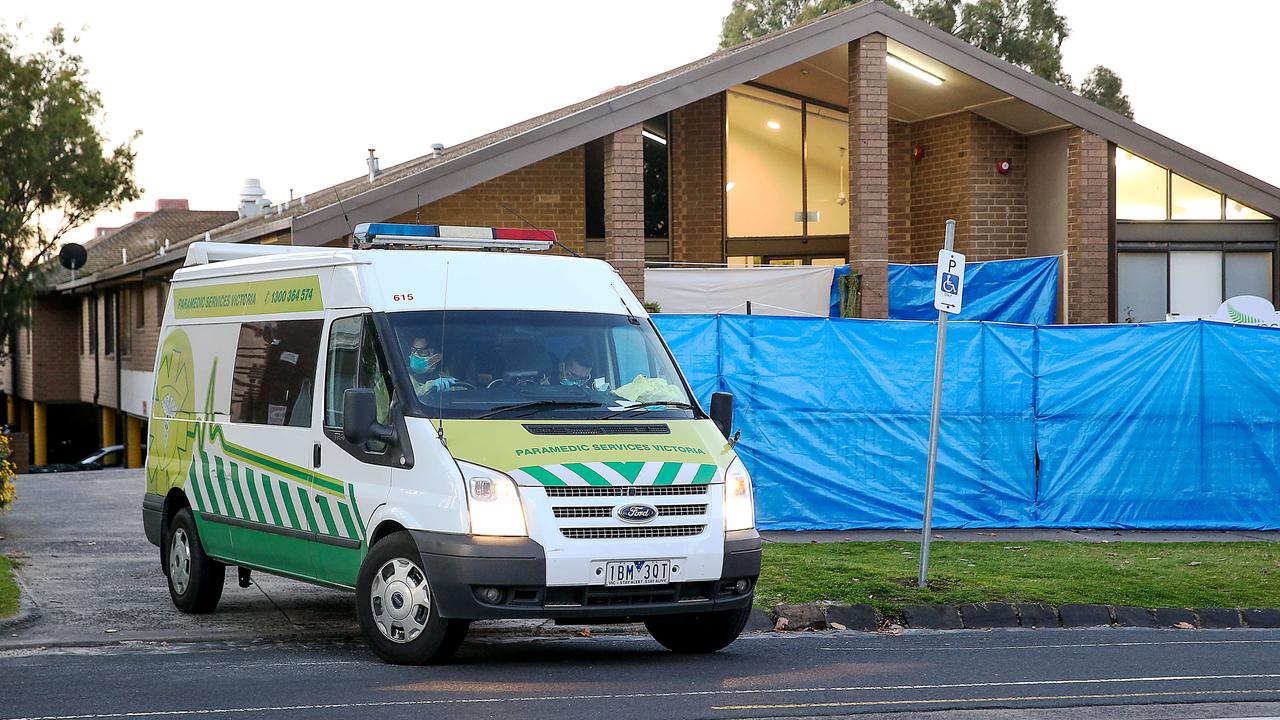The silent death toll of COVID-19 revealed: Huge 25 per cent jump in suicides each year
An unprecedented crisis has erupted in the shadow of coronavirus, with little done to prevent hundreds of deaths that will inevitably occur.
Assuming the current coronavirus death rate remains relatively the same, some 300 people could perish in Australia by the end of the first year of the pandemic.
During that same period, more than double the number are expected to die due to a secondary crisis that has been sparked by COVID-19.
It will be a largely silent death toll and little is being done to drive down the number of victims.
A mental health emergency has erupted in the months since Australia launched its unprecedented response to coronavirus, with anxiety and depression rates skyrocketing.
The consequences of that, coupled with the long-term psychological distressed caused by unemployment and its myriad side-effects, will see suicide rates jump sharply.
“The predicted increase of suicides is 25 per cent each year for the next five years,” Professor Ian Hickie, co-director of the Brain and Mind Centre at The University of Sydney, said.
“That’s 750 extra deaths by suicide a year. It’s an enormous number. It will be a massively bigger death toll than COVID.”
RELATED: Follow our latest coronavirus updates
Professor Hickie and his colleagues at BMC modelled the impact of the COVID-19 pandemic, and Australia’s response to it, on suicide rates.
The figure of 25 per cent more suicide deaths annually could wind up being a conservative estimate, he warned.
“National surveys of anxiety and depression both via the Australian Bureau of Statistics and (academic) studies show increasing rates of psychological distress since the pandemic began,” Professor Hickie said.
“Initially, I think there was a high degree of anxiety about health but I think the deep and ongoing anxiety is about people’s economic future.”
Mental health is being impacted by uncertainty, disruption and “disappearing optimism” as the situation becomes chronic.
The hope that coronavirus might be something we only have to manage for a matter of months is long gone.
RELATED: Victoria facing years cut off from rest of Australia

But perhaps the biggest contributor to serious psychological injury will be unemployment, Professor Hickie believes.
“It’s unemployment and social dislocation, coupled with great uncertainty, that really drive distress.
“People are going to find themselves out of work for the first time, they’re going to see the collapse of their businesses, they might experience the breakdown of relationships, they’ll battle with isolation, or they can’t travel and are dislocated from friends and family.”
The social dislocation caused by unemployment is also damaging.
Research out of the United Kingdom this week revealed a mammoth 10 per cent increase in cases of acute anxiety and depression.
“That’s staggering – and it’s not for trivial issues, but for serious illness, so it’s a large number of people who are in trouble.”
The majority of that increase was in people who had no previous mental health problems, he said.
“The assumption that if you’ve never been unwell psychologically before then you’ll be fine is absolutely not true. These are unprecedented times.”
Early data here indicates that women and young people have been hit hard by coronavirus when it comes to mental health. They’re also the two groups to have experienced the largest losses of employment during the pandemic.
Obviously, the cost of doing nothing to combat COVID-19 would’ve been catastrophic – potentially tens of thousands of deaths from millions of infections.
On top of that, deaths from non-coronavirus injury and illness would have spiked because of an overwhelmed hospital system.
The increasingly dire situation in the United States offers a glimpse of the much bigger bullet that Australia dodged.
But the mental health crisis caused by the response to coronavirus warrants just as significant a response in terms of public health, Professor Hickie said.
“In the same way that hospital beds and intensive care capacity were increased in preparation for COVID-19 cases, the national capacity to provide rapid and effective care for those with a mental health crisis can be increased immediately,” Professor Hickie said.

The government’s success in rebuilding the economy will also play a large part, given many people who’ve lost jobs will find it difficult to get another.
“But also important is having sufficient health services to respond,” he said.
“That’s not an awareness campaign – a TV ad telling people to get help. It’s having the support available when they do.
“It’d be like telling people to get tested for COVID but not having any tests available when they show up. What’s the point?
“We’re hearing from those at the frontline in emergency departments that the biggest issues are mental health-related. There’s a whole lot of distress and new psychological injury that will end up in the ED and that will have a ripple effect in the health system.
“Providing telehealth for mental health has been a good start. We now need to do more. Getting good care is really hard even in good times. It’s more important than ever.”




